Ancient Psychedelia: Alien Gods & Mushroom Goddesses
Online Book - Chapter 14, Page 286
Back to Online Book Mainpage / Next Page (Chapter 14, Page 287)
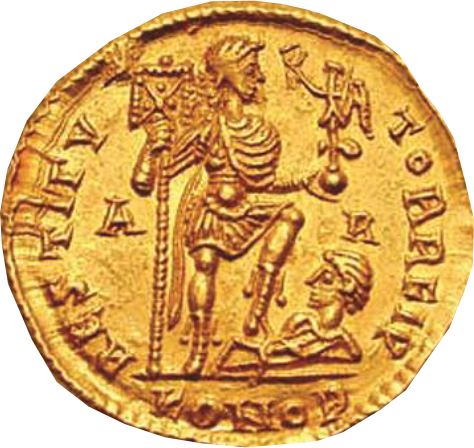 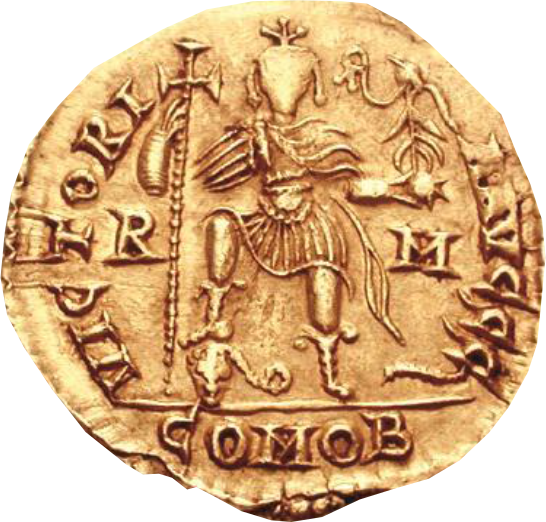 R: (54n) Jovinus, stepping on captive, holding labarum and Victory on globe c. 410 AD L: (55n) Empire Constantine VIII c. 425 AD 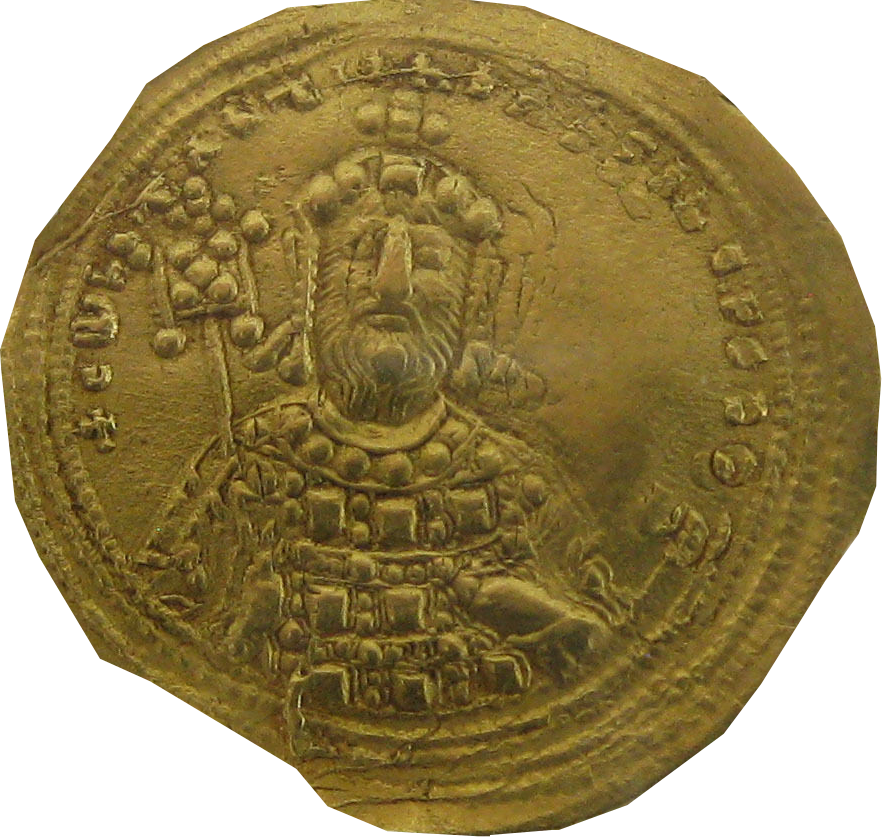 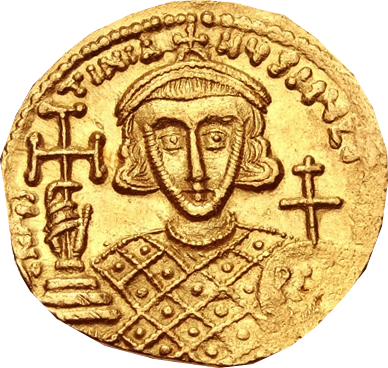 R: (55o) Justinian II, 2nd Reign c. 705-711 AD Other instances of scepters being mushrooms themselves, appear on Pelike amphoras, c. 400-300 BC (47c), and a painting of Roman Emperor Constantine making a donation from the city of Rome to the Pope (66d). The role of the scepter seems to be a crowning of sorts, and becomes more apparent when examining a plaque titled “Miracle at Śrāvastī,” or the “Twin Miracle,” from Tepe Narenj near Kabul, c. 400-500 AD, where the twin scepters looks very similar to the mushroom (10d). 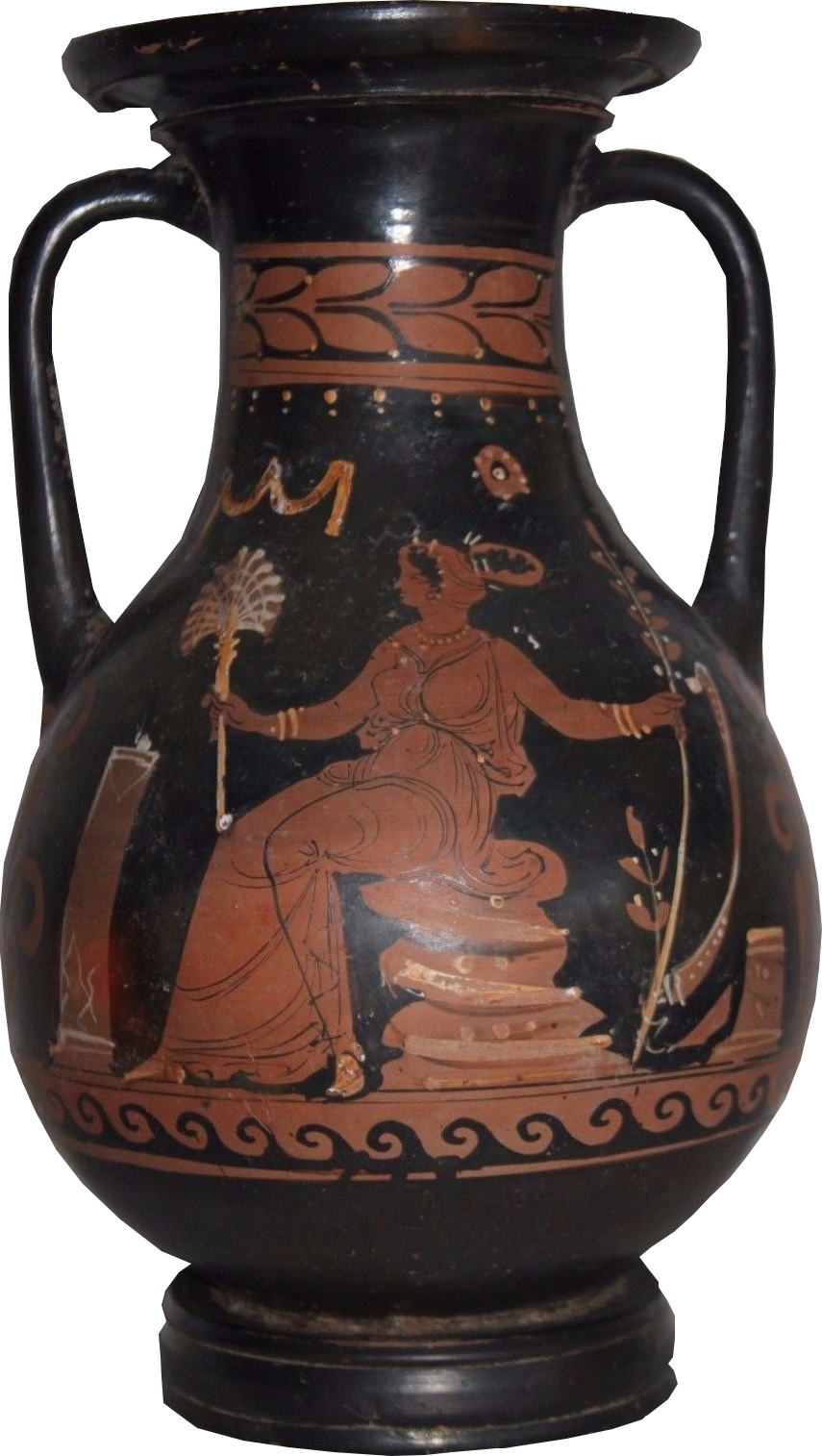 (47c) Pelike Amphora c. 400-300 BC |
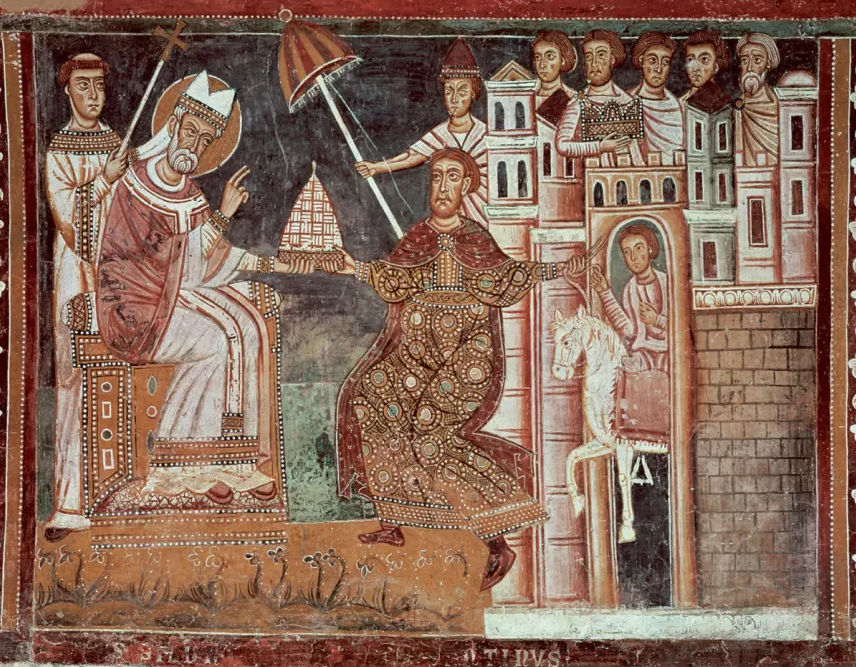 (66d) Roman Emperor Constantine making a donation from the city of Rome to the Pope 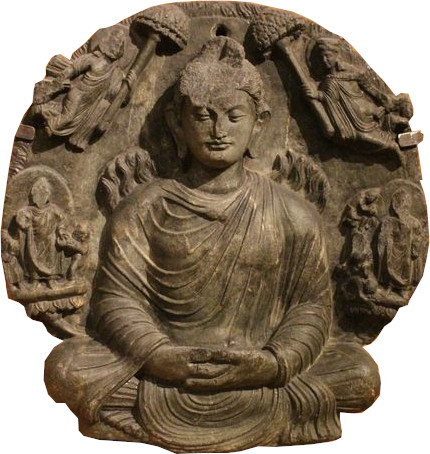 (10d) Miracle at Śrāvastī. Schist. From Tepe Narenj near Kabul c. 500-600 AD Letters as Mushrooms One of the strangest things I encountered when searching ancient coins for imagery was the shape of the letters from the Eastern Roman or Byzantine Empire of the time period from as early as 15 AD to the time of approximately 600 AD. It seems they were made from mushrooms, by looking at the ends of many of them. This may be a stylization of their lettering due to mushroom influence and if not, it is certainly curious and odd. (55c g, h, i, j, k) 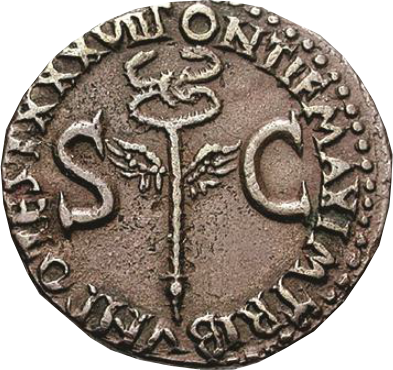 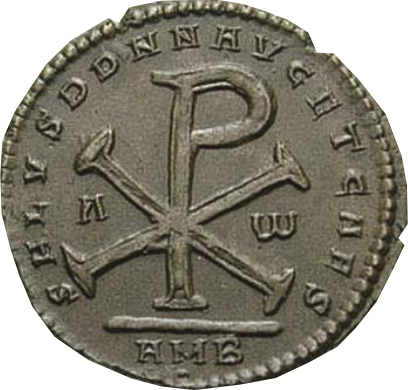 R: (55g) Chi-Rho, A and ω across fields |
Go Back to Page 285